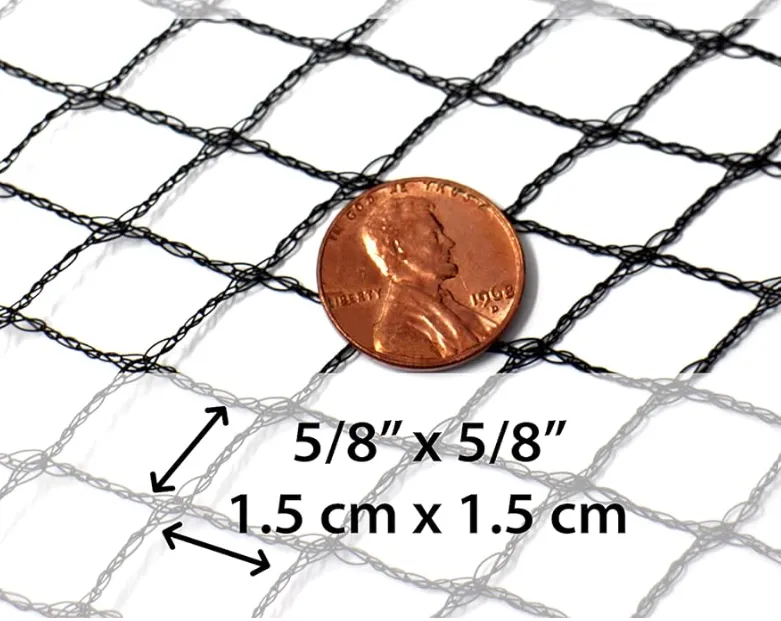-
 Afrikaans
Afrikaans -
 Albanian
Albanian -
 Amharic
Amharic -
 Arabic
Arabic -
 Armenian
Armenian -
 Azerbaijani
Azerbaijani -
 Basque
Basque -
 Belarusian
Belarusian -
 Bengali
Bengali -
 Bosnian
Bosnian -
 Bulgarian
Bulgarian -
 Catalan
Catalan -
 Cebuano
Cebuano -
 China
China -
 Corsican
Corsican -
 Croatian
Croatian -
 Czech
Czech -
 Danish
Danish -
 Dutch
Dutch -
 English
English -
 Esperanto
Esperanto -
 Estonian
Estonian -
 Finnish
Finnish -
 French
French -
 Frisian
Frisian -
 Galician
Galician -
 Georgian
Georgian -
 German
German -
 Greek
Greek -
 Gujarati
Gujarati -
 Haitian Creole
Haitian Creole -
 hausa
hausa -
 hawaiian
hawaiian -
 Hebrew
Hebrew -
 Hindi
Hindi -
 Miao
Miao -
 Hungarian
Hungarian -
 Icelandic
Icelandic -
 igbo
igbo -
 Indonesian
Indonesian -
 irish
irish -
 Italian
Italian -
 Japanese
Japanese -
 Javanese
Javanese -
 Kannada
Kannada -
 kazakh
kazakh -
 Khmer
Khmer -
 Rwandese
Rwandese -
 Korean
Korean -
 Kurdish
Kurdish -
 Kyrgyz
Kyrgyz -
 Lao
Lao -
 Latin
Latin -
 Latvian
Latvian -
 Lithuanian
Lithuanian -
 Luxembourgish
Luxembourgish -
 Macedonian
Macedonian -
 Malgashi
Malgashi -
 Malay
Malay -
 Malayalam
Malayalam -
 Maltese
Maltese -
 Maori
Maori -
 Marathi
Marathi -
 Mongolian
Mongolian -
 Myanmar
Myanmar -
 Nepali
Nepali -
 Norwegian
Norwegian -
 Norwegian
Norwegian -
 Occitan
Occitan -
 Pashto
Pashto -
 Persian
Persian -
 Polish
Polish -
 Portuguese
Portuguese -
 Punjabi
Punjabi -
 Romanian
Romanian -
 Russian
Russian -
 Samoan
Samoan -
 Scottish Gaelic
Scottish Gaelic -
 Serbian
Serbian -
 Sesotho
Sesotho -
 Shona
Shona -
 Sindhi
Sindhi -
 Sinhala
Sinhala -
 Slovak
Slovak -
 Slovenian
Slovenian -
 Somali
Somali -
 Spanish
Spanish -
 Sundanese
Sundanese -
 Swahili
Swahili -
 Swedish
Swedish -
 Tagalog
Tagalog -
 Tajik
Tajik -
 Tamil
Tamil -
 Tatar
Tatar -
 Telugu
Telugu -
 Thai
Thai -
 Turkish
Turkish -
 Turkmen
Turkmen -
 Ukrainian
Ukrainian -
 Urdu
Urdu -
 Uighur
Uighur -
 Uzbek
Uzbek -
 Vietnamese
Vietnamese -
 Welsh
Welsh -
 Bantu
Bantu -
 Yiddish
Yiddish -
 Yoruba
Yoruba -
 Zulu
Zulu
anti insect net for agriculture
The Importance of Anti-Insect Nets for Agriculture
In the realm of modern agriculture, the emphasis on sustainable practices has never been more pronounced. Farmers worldwide are continually seeking innovative methods to protect crops without resorting to harmful chemicals. One such effective tool gaining popularity is the anti-insect net. These specialized nets serve as a physical barrier, safeguarding crops against harmful pests while allowing beneficial insects and pollinators to thrive.
What Are Anti-Insect Nets?
Anti-insect nets are typically made from lightweight, UV-stabilized materials that create a protective barrier over crops. These nets come in various mesh sizes tailored to block specific insect species while permitting air, sunlight, and moisture to reach the plants. The primary goal of these nets is to reduce pest infestations, thus minimizing the need for chemical pesticides, which can have detrimental effects on the environment and human health.
Benefits of Anti-Insect Nets
1. Pest Control The primary advantage of using anti-insect nets is their efficacy in controlling pests. Insects such as aphids, leafhoppers, and whiteflies can cause significant damage to crops. By preventing these pests from accessing plants, farmers can protect their yields and ensure healthier crops.
2. Reduced Chemical Usage With the increasing global demand for organic produce, farmers are under pressure to reduce their reliance on synthetic pesticides. Anti-insect nets provide a viable alternative, leading to lower chemical applications and promoting a healthier ecosystem. This shift not only benefits the environment but also caters to a growing consumer base that favors organic products.
anti insect net for agriculture

3. Enhanced Crop Quality Covered crops tend to exhibit higher quality due to the reduced incidence of pest-related damage. Protected environments lead to better growth conditions, resulting in more robust plants and higher marketable yields. This translates to increased profitability for farmers who can market their products as high-quality and chemical-free.
4. Biodiversity Support While anti-insect nets keep harmful pests at bay, they allow beneficial insects, such as pollinators like bees and predatory insects that prey on pests, to access the crops. This support for biodiversity is crucial for maintaining ecological balance on farms. By fostering a healthy ecosystem, farmers can improve pollination rates and further enhance crop yields.
5. Climate Adaptation As climate change brings about unpredictable weather patterns and increased pest pressures, anti-insect nets offer a resilient solution. They can help control temperature extremes for certain crops, shielding them from both excessive heat and cold. This adaptability plays a vital role in stabilizing agricultural outputs in the face of climate variability.
Implementation Challenges
Despite their numerous benefits, the use of anti-insect nets does come with certain challenges. Initial investment costs can be high, particularly for small-scale farmers. Additionally, installation requires careful planning and knowledge of local pest dynamics to ensure optimum effectiveness. Farmers must also consider potential issues with airflow and humidity under the nets, which can lead to the proliferation of fungal diseases if not managed properly.
Conclusion
Anti-insect nets represent a promising strategy for sustainable agriculture that aligns with the demand for healthier farming practices. Their ability to control pests while reducing chemical inputs makes them an attractive option for farmers looking to enhance crop quality and yield. As the agricultural sector continues to evolve in the face of environmental challenges, the adoption of anti-insect nets will likely play a crucial role in fostering a more sustainable and productive food system. By investing in these innovative solutions, farmers can contribute to a healthier planet while ensuring the viability of their agricultural endeavors.
-
Shipping Plastic Bags for Every NeedNewsJul.24,2025
-
Safety Netting: Your Shield in ConstructionNewsJul.24,2025
-
Plastic Mesh Netting for Everyday UseNewsJul.24,2025
-
Nylon Netting for Every UseNewsJul.24,2025
-
Mesh Breeder Box for Fish TanksNewsJul.24,2025
-
Expanded Steel Mesh Offers Durable VersatilityNewsJul.24,2025











